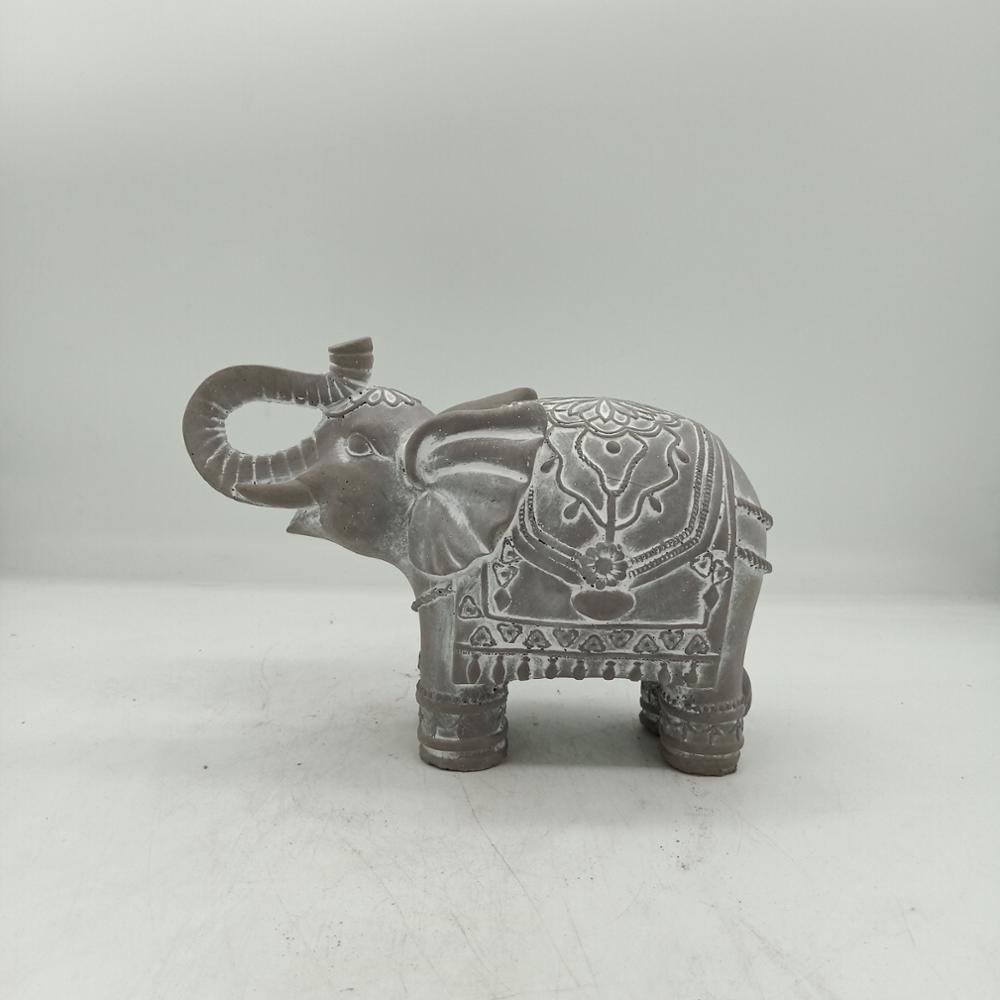Tel : +86 17858532693
Email : [email protected]

Since the Neolithic Age, Chinese clay sculpture art has […]
Since the Neolithic Age, Chinese clay sculpture art has been uninterrupted, and it has become an important art variety in the Han Dynasty. Archaeologists have excavated a large number of cultural relics from the tombs of the Han Dynasty, including a large number of pottery figurines, pottery beasts, pottery carriages, pottery boats and so on. There are hand-squeezed and molded ones.
The ancestors of the Han dynasty believed that the dead have the needs of material life just like being alive. Therefore, a lot of funeral objects are needed in funeral customs, which objectively promotes the development and evolution of clay sculptures.

After the Han Dynasty, with the rise of Taoism and the introduction of Buddhism, as well as polytheistic worship activities, the rise of Taoism, Buddhist temples, and temples in society directly promoted the demand for clay sculpture idols and the development of clay sculpture art.
In the Tang Dynasty, clay sculpture art reached its peak. Yang Huizhi, known as the master of sculptureChina Cement mini Buddha Statues, is an outstanding representative of the Tang Dynasty. He and Wu Daozi were taught by Zhang Sengyou. Daozi was unwilling to be left behind. He burned his pen and inkstone and worked hard to specialize in plastics, and eventually became a famous artist. It is praised by the people of the world: "Taozi painting, Huizhi's sculpture, won the monk you's magic pen."
The art of clay sculpture developed into the Song Dynasty. Not only did large religious statues continue to prosper, but small clay toys also developed. Many people specialize in making clay figurines and sell them as commodities. During the Northern Song Dynasty, Tokyo’s famous clay toy "Mu He Le" was sold around July 7. Not only ordinary people bought it back for "begging for cleverness", but also dignitaries and dignitaries would also buy it back for worship and play during the Qixi Festival.
After the Yuan Dynasty, through the Ming, Qing, and the Republic of China, clay sculpture art is still circulating in the society, especially the small clay sculptures, which can be viewed and displayed and children can play. Almost all parts of the country have production, among which the famous production areas are Wuxi Huishan, Tianjin "Clay Man Zhang", Shaanxi Fengxiang, Hebei Baigou, Shandong Gaomi, Henan Junxian, Huaiyang and Beijing.